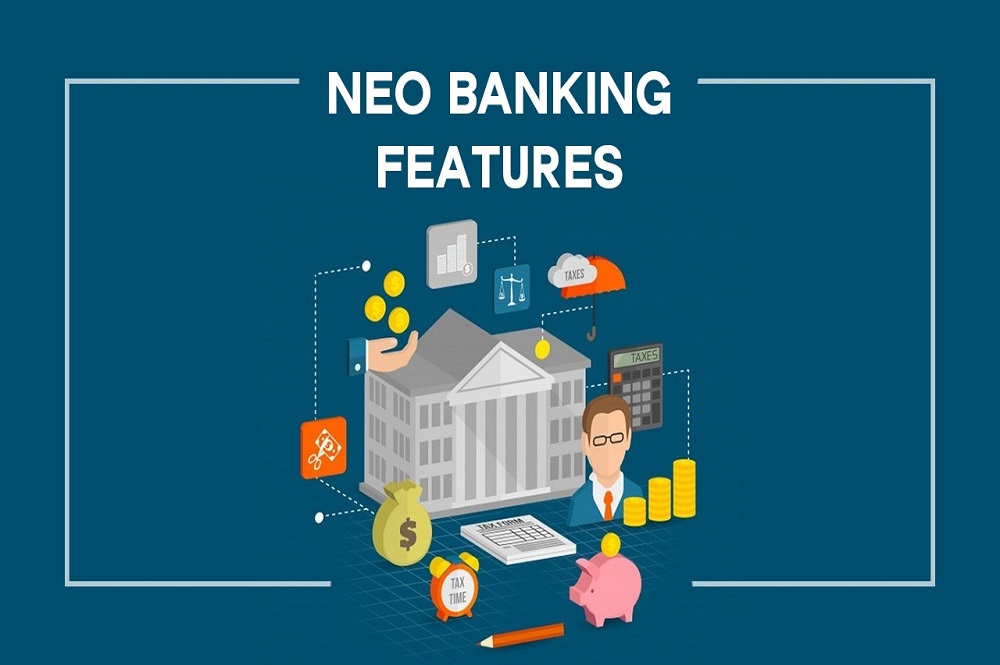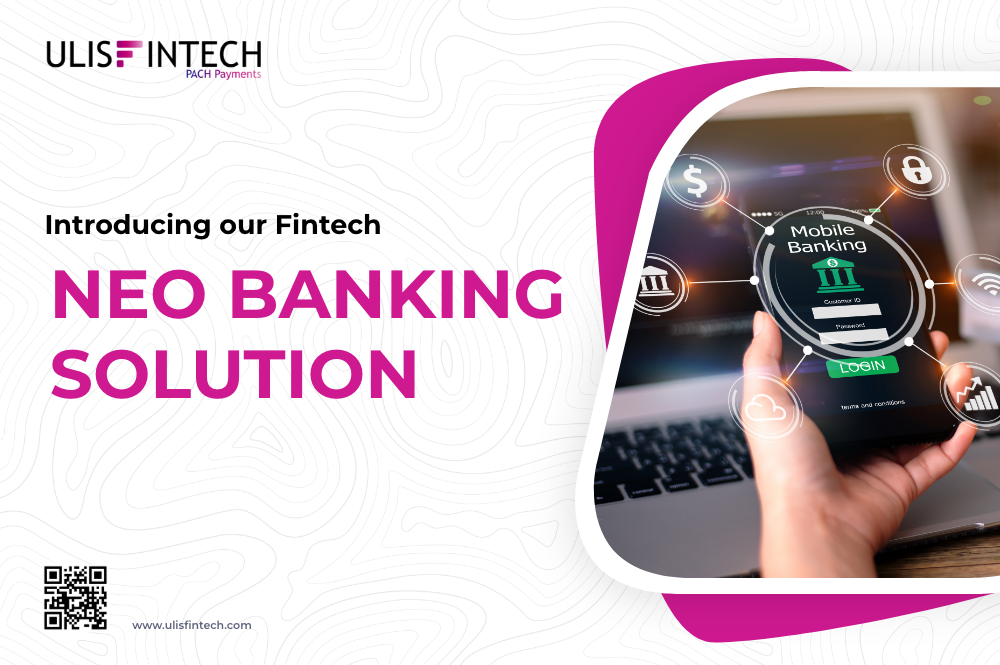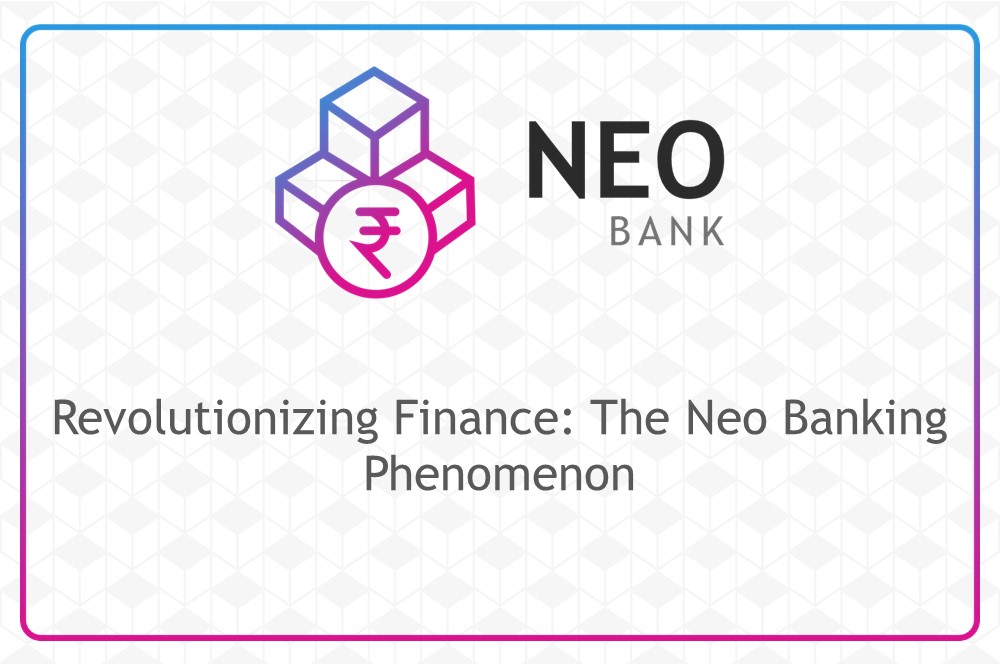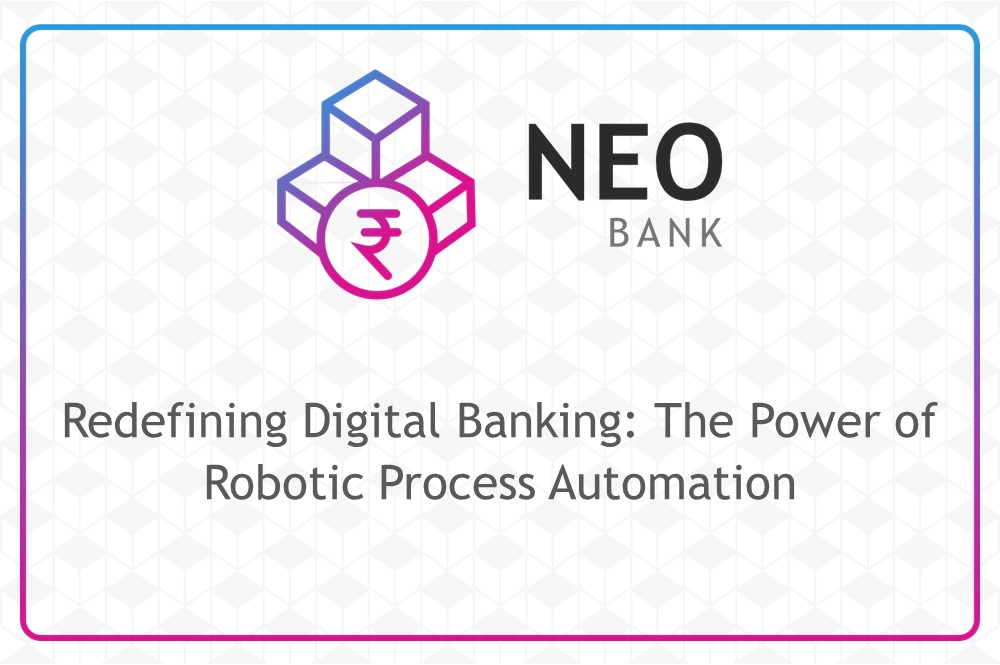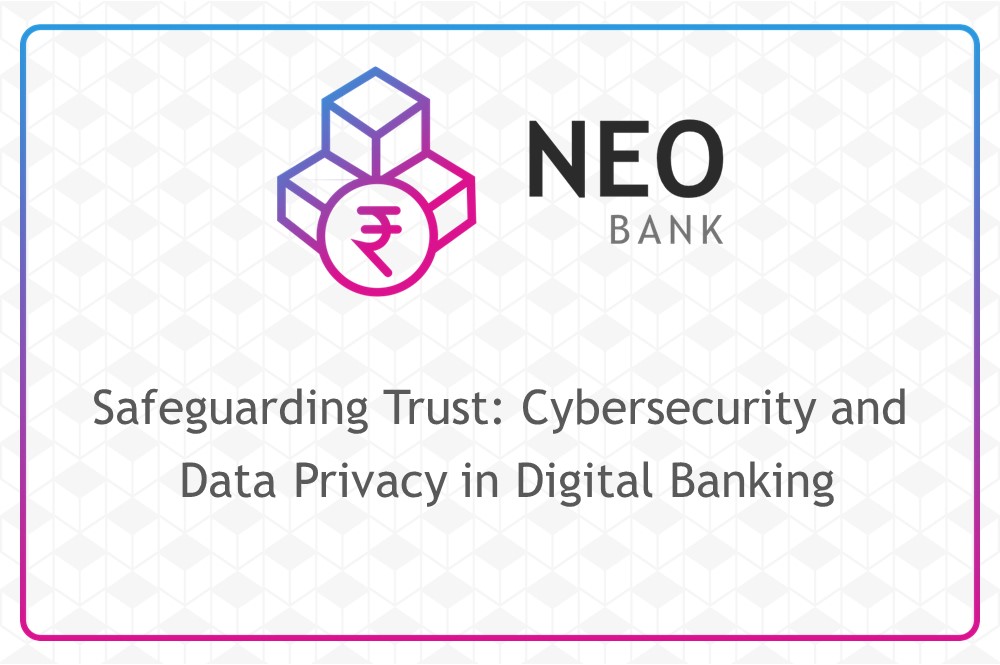Seven Key Elements for a Successful Digital Banking Transition
May 12, 2022 - 12 MINS READ
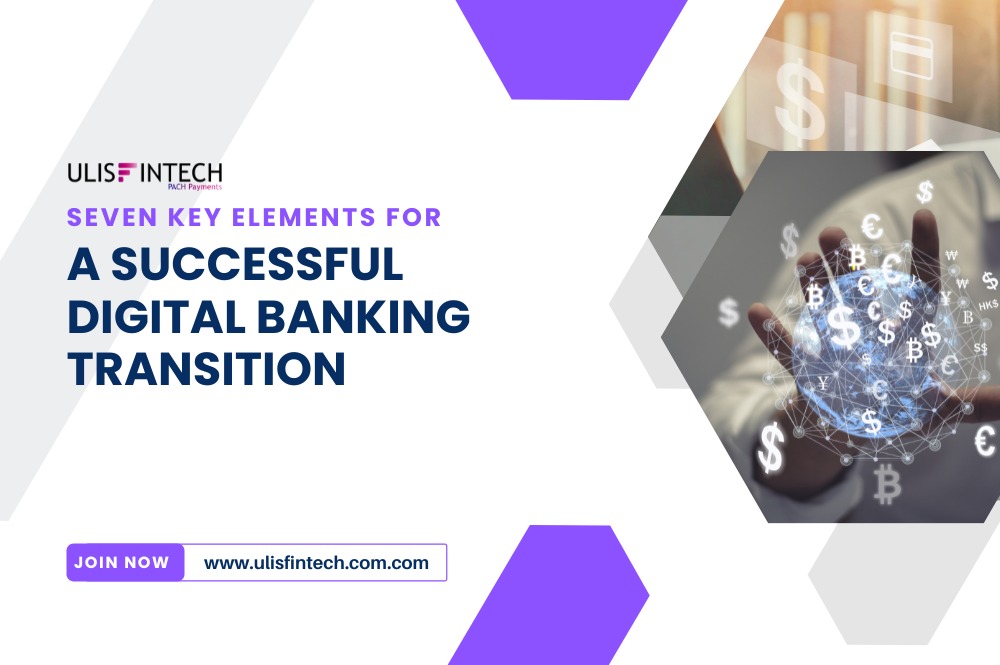
Seven Key Elements for a Successful Digital Banking Transition
Banks and credit unions must increasingly push on all fronts if they are to adapt their goods and service along the digital lines that customers have come to expect. Here's a criterion to help you plan your institution's digital transformation.
The banking business is now undergoing major change, owing to customer demand for outstanding products/services, as well as severe competition from rival banks, non-financial organizations, new-age digital banks, and fintechs.
Banks and credit unions must start on digital banking projects and implement numerous agile methods in order to achieve innovation, cost savings, increased client engagement and satisfaction, and quicker new product development cycles.
How are banks able to accomplish this?
Here are the top seven drivers that financial institutions must prioritize in order to implement a successful digital banking strategy.
- Adopting an Omnichannel Strategy
Consumers who are digitally aware nowadays want technology that makes access to their bank accounts simple and straightforward. They expect personalized banking interactions delivered through the channel of their choosing, making their entire banking experience simple, quick, and intuitive.
As a result, banks must develop an omnichannel strategy that allows consumers to interact with the institution through the channels they want and at the times they like. Mobile banking, online banking, and Gen-II channel devices such as IoT-enabled gadgets such as voice assistants, wearables, and chatbots are examples of these.
The success of an omnichannel strategy is dependent on a bank's ability to offer a consistent and integrated experience across channels, supported by real-time data synchronization.
An example of an omnichannel experience would be a consumer beginning his loan application on the internet banking channel at home and finishing it on a mobile banking app. The mobile banking software should be able to take up where the user left off on the internet banking channel.
However, in order to make the transition to real omnichannel distribution, institutions will need to establish three capabilities:
- Personalization of marketing across many channels based on deep data-driven insights into consumer behavior and sales journeys.
- Advanced analytics and granular client data will assist banks in better targeting.
- A productive and competent business team with the tools needed to function in an omnichannel environment.
- Digitizing Financial Services in General
Customers today are dissatisfied with fundamental banking services such as withdrawal and deposits. They are continuously on the lookout for tailored banking choices including five-minute loan approval, digital transactions, trip-based insurance, digital onboarding, and daily interest on savings bank accounts. And only by being entirely digital will institutions be able to match such aspirations.
According to data, retail banks that digitize their services might see a 20% boost in revenues and a 30% decrease in expenses. For wholesale banking, digitalization can potentially cut cost-to-income ratios by 12%.
While maintaining security and cost-efficiency are important motivators for financial institutions, the true value of banking digitalization can only be determined by what it can accomplish for the consumer.
Going digital simplifies customers' lives and allows them to enjoy the simplicity that comes with managing all of their finances in one place, from starting savings account digitally from their home using video KYC to setting up automatic payments anytime and anywhere, without the need to physically visit a branch and wait in line for hours.
- Personalizing the Customer Experience
While most of the conversation about personalization in banking centers on marketing campaigns, its true potential lies in entirely altering all of an institution's client interactions by leveraging granular data and analytics to anticipate unique customer demands and deliver solutions appropriately.
Investing in personalization tools is a sensible approach for banks and credit unions since it helps them to acquire client confidence, boost conversion rates, and experience higher rates of return in customer business.
As a result, banks must use specialized analytics and personalization technologies to select the forms of personalization that are appropriate for their particular client base. Such customized solutions can assist the bank in delivering several sorts of personalization, such as:
- Personalization in context. This is a powerful sort of personalization that makes use of information from the customer's past transaction history and trends. For example, depending on a client's prior transactions and loan history, an institution may send bill payment reminders in the first week of each month and loan offers in the last few days of the month, giving the consumer a more customized experience.
- Personalization of behavior. This essentially assesses the customer's interest in banking products based on their behavior and actions on the institution's website, including search terms, information seen, and tasks completed.
- Personalization based on segmentation. Different experiences, including menus, themes, and promotions, are presented to clients based on the segment to which they belong in this sort of personalization. Targeting a college student against a working professional, or a full-KYC consumer versus a partial-KYC consumer depending on their segment and preferences (in terms of menu selections, app design, theme, and color scheme) rather than combining them in one segment.
- Personalization based on geolocation, this type of customization is generally dependent on the client's current location or the city, area, or state from which the consumer hails. To improve the consumer experience, the tool may show the material in the local language. A consumer at a shopping mall, for example, may receive cashback or discount offers for neighboring stores, but the same customer visiting a branch may receive a token number with a waiting order to see the institution's representative.
- Ecosystem Enablement, APIs, and Open Banking are being introduced.
Financial institutions must apply a number of new tactics based on linked commerce in order to remain relevant to their clients in all financial elements of managing their global supply chains.
This approach makes extensive use of the rise of open application programming interfaces (APIs) to establish a well-connected network of financial institutions, open banking startups, software suppliers, and fintech communities in order to adequately exploit the regulatory drive to bring a diverse range of new services and products to market.
To supply developing goods digitally, institutions must install these end-to-end open banking systems as a single hub. Data-driven services, real-time solutions, and emerging technologies such as distributed ledger technology might all fall under this category.
Building such a strong open banking environment provides a chance for banks and their partners to develop multi-channel solutions and effectively launch new commercial business models and income streams.
A bank may successfully become an open bank and expand its core services by exposing its APIs to third-party suppliers of new services. This is accomplished by breaking down old barriers inside the bank that oppose change and encouraging active engagement with others through a conducive ecosystem to successfully keep pace with change.
- Increasing Time-to-Market
When it comes to providing an amazing banking experience in order to attract and keep new and potential clients, one of the major differentiators is speed.
Institutions must now install an integrated platform with open APIs, orchestration capabilities, connectors, and other modern technologies in order to fundamentally restructure customer journeys and back-end operations and systematically speed time to market.
Furthermore, financial institutions may seek to expand their market share by decoupling UI/UX from code, allowing business users to control digital experiences in real-time without relying on technical staff. In this manner, companies can ensure that the distribution model is swiftly transformed into a digital ecosystem, boosting their value propositions, and building end-to-end seamless customer-centric journeys.
- Providing No-Friction Payment Options
As a result of digitalization and increased competition from creative service providers, banks and credit unions must entirely redesign their payment services in order to efficiently meet people's evolving needs.
A great degree of flexibility available in payment options, as well as a clear client orientation, are two of the most important keys to success here.
Institutions must use digital technology to eliminate payment friction and improve the entire client experience in order to increase their top and bottom lines. This fundamentally means providing consumers with instant, safe, and frictionless remote and contactless proximity payments using prepaid wallets, NFC (near field communication), HCE (host card emulation), and QR codes.
HCE is the fundamental technology that enables institutions to generate virtual replicas of their actual credit and debit cards on mobile phones and quickly make payments at merchants using NFC POS equipment.
Tokenization is used by institutions to safeguard these transactions. The card information of a consumer is converted into a device-specific digital token throughout this procedure. While conducting a transaction, a digital token is transferred, disguising the customer's actual card information and protecting the transaction.
Contactless payment solutions are provided by organizations such as SBI Card Pay and IDFC First Bank SafePay in India, Barclays contactless mobile pay in the United Kingdom, and Commercial Bank of Kuwait (CBK) contactless payment via the CBK app.
COVID-19 has fueled an increase in contactless payments, such as online cash, mobile wallets, and frictionless apps. This type of diversified and secure online checkout experience, which includes alternatives that allow consumers to keep their financial data private from the merchant, will only grow in popularity in the future, forcing banks to step up their game in this area.
- Experimenting With Market-Demand-Driven Services
Cloud-first technology, digital-first banks, and fintech, as well as the fast growth of diverse digitally-enabled service providers, have all revolutionized the banking industry today.
Banks nowadays must support the strategic determination of client journeys in order to maximize their digital experiences with high precision.
With the advent of sophisticated analytics and consumers' rising propensity for contextualized advice, banks now have a fantastic chance to leverage accessible data to better understand and connect with customers. Today, there is a critical need for a powerful digital banking platform that can do AB testing on several variations to determine the best experiences and then roll out the winning version to a larger audience. For example, you may run an experiment to determine the best messaging, theme, and positioning to encourage more loan applications from your specific consumer demographic.
Currently Preparing for Digitalisation
The banking customer experience has been entirely re-engineered in recent years as a result of the quickly evolving digital banking ecosystem.
While the goal has essentially stayed the same — to match (or exceed) the level of frictionless, digital experiences for consumers — the scale of this transition has grown dramatically.
To successfully ride the digital wave and ensure a comprehensive digital transformation across their value chain, financial institutions must now ensure that they have the right strategic mix of automation, experimentation, analytics, and personalization tools in place to support this and help them build for rapid change.
